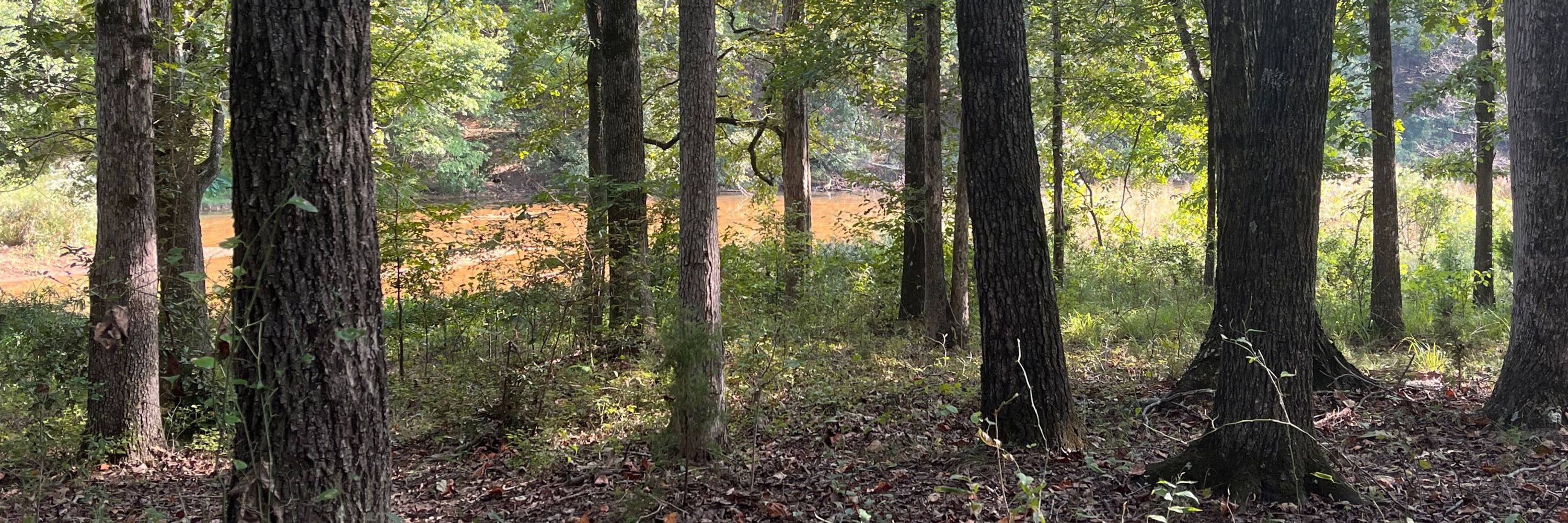Dynamognathus
@dynamoterror.bsky.social
570 followers
340 following
890 posts
Wildlife, rewilding, spec-evo, and paleontology enthusiast/artist.
Posts
Media
Videos
Starter Packs
Pinned
Reposted by Dynamognathus
Reposted by Dynamognathus
Reposted by Dynamognathus
Reposted by Dynamognathus
Reposted by Dynamognathus
Reposted by Dynamognathus
Reposted by Dynamognathus
Reposted by Dynamognathus
Reposted by Dynamognathus
Reposted by Dynamognathus


























